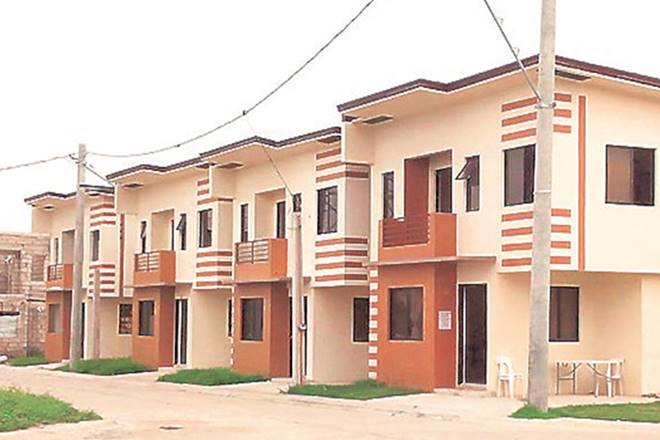The estimate of shortage of housing in urban areas has been revised lower to around 10 million units from 18.76 million projected in 2011, housing and urban affairs minister Hardeep Singh Puri said on Wednesday. “A technical study conducted in 2011 placed the housing shortage at 18.76 million in urban areas, of which 96% is in the economically weaker sections (EWS) segment and in lower income groups (LIG) housing. “Subsequent assessments led to a revision of this figure. In the final analysis, the shortage is likely to be around or in excess of 10 million units. This is aimed to be addressed through our flagship programme PMAY (Pradhan Mantri Awas Yojajana) Urban,” Puri said at RICS real estate conference here.
He said the government has released various PPP models to encourage housing through private partnership. The thrust of the mission has been to make available housing for the EWS, LIG and also the MIG (middle income group), by harnessing government land, he said. “Among the distinctive features of this scheme are that the government will make available the land, in addition provide a subsidy to each allottee and assist in obtaining easy financing from banks for the remaining sum required,” he said.
Talking about the Real Estate (Regulation and Development) Act, the minister said it is a pioneering legislation and going to have a long-term transformative effect. “We are not out of that phase (pre-RERA phase) yet…We are still witnessing the final phase of a cleaning up process involving the mis-demeanours of a few who tarnished the image of the many developers who were genuine in their dealings,” he said.
He said the real estate Act is a response to the dire need of Indian consumers and in discharge of the sovereign functions towards public interest. The Act is aimed at consumer protection, by creating an online system for information sharing so that there is mutual trust between the developer and the buyers, and projects are implemented in time. Stressing the importance of the housing sector, Puri said it plays a catalytic role in fulfilling the demand for housing and infrastructure in the country and is the second-largest sector after agriculture providing employment to 6.86% of the workforce in the country.

